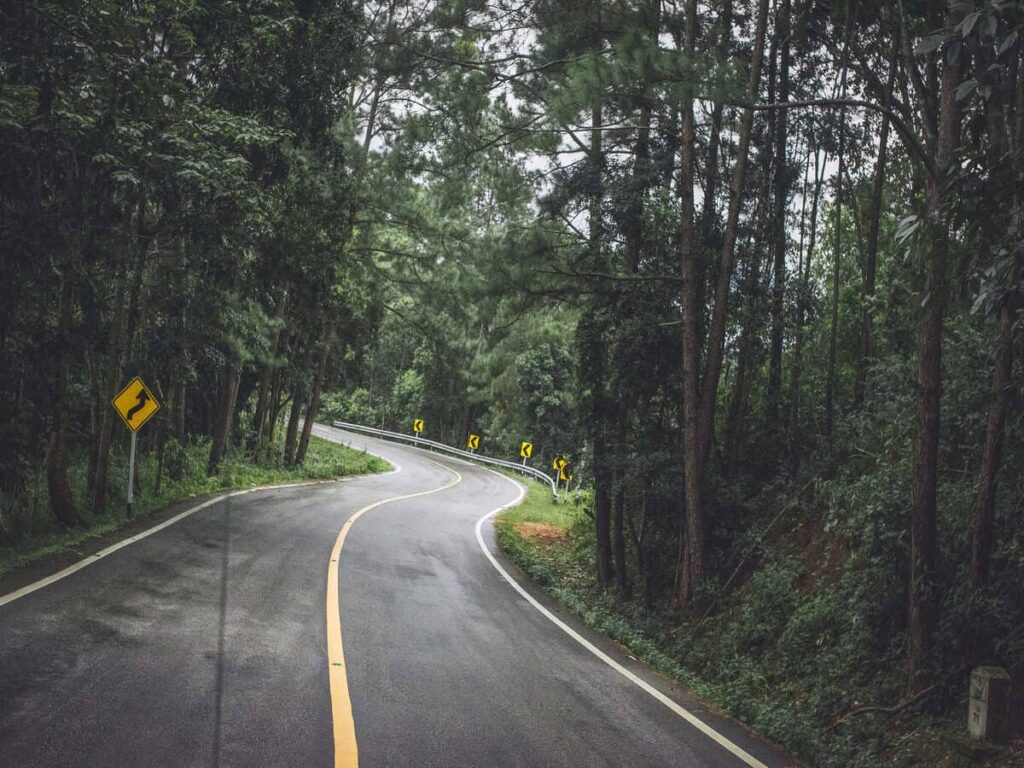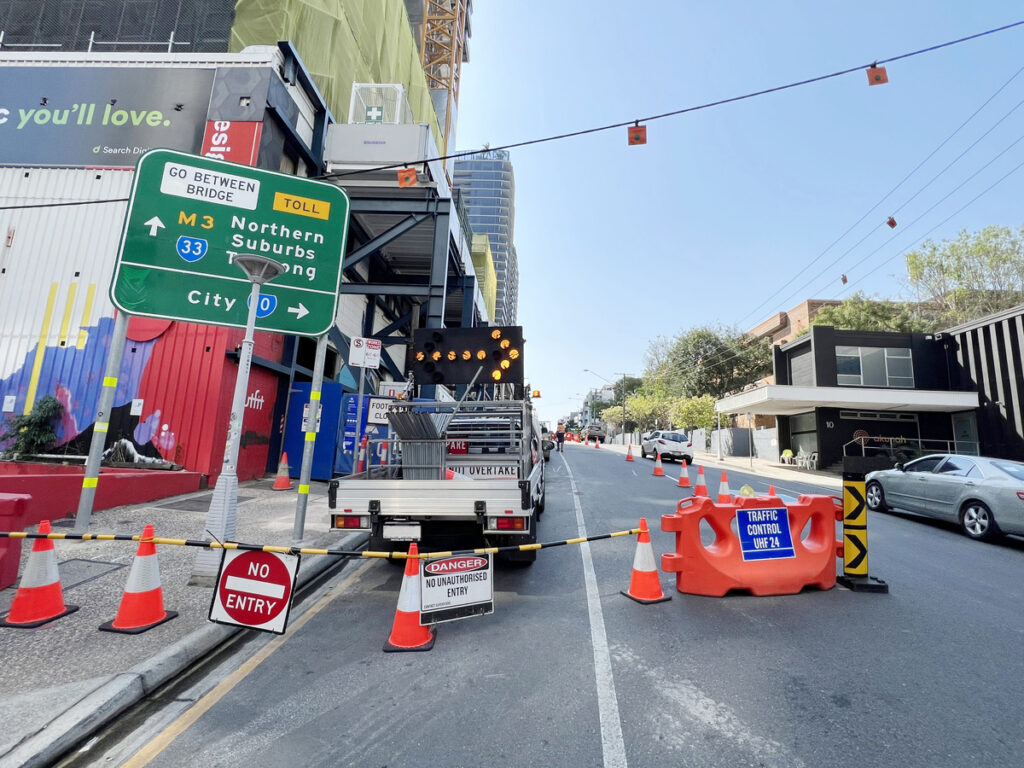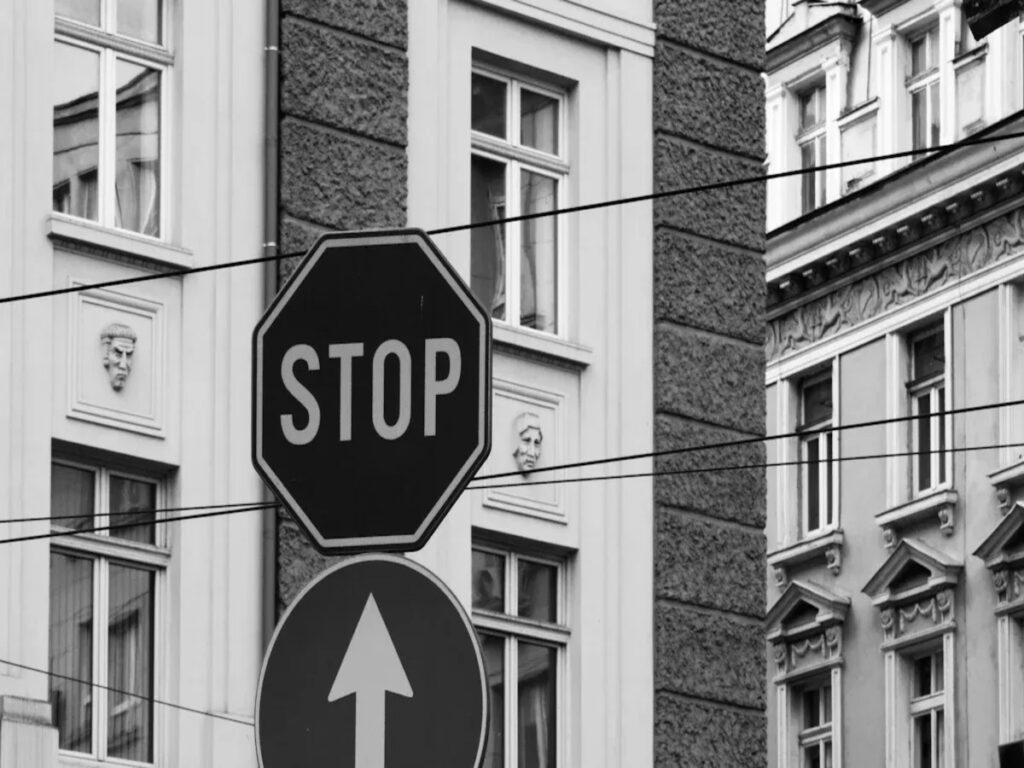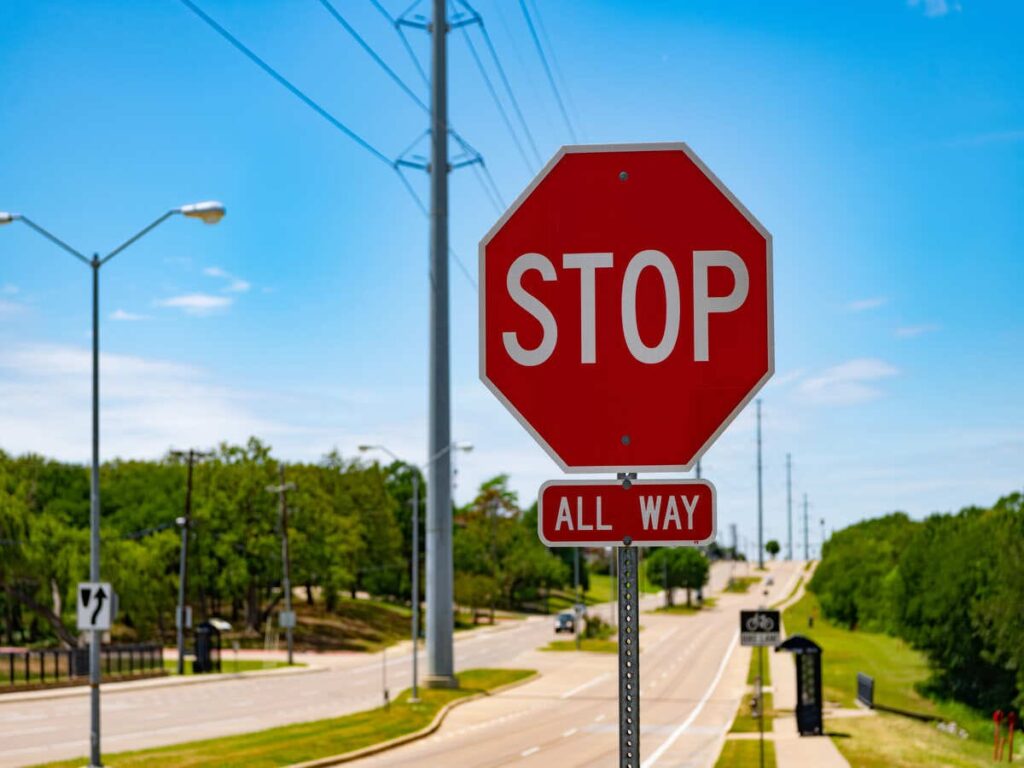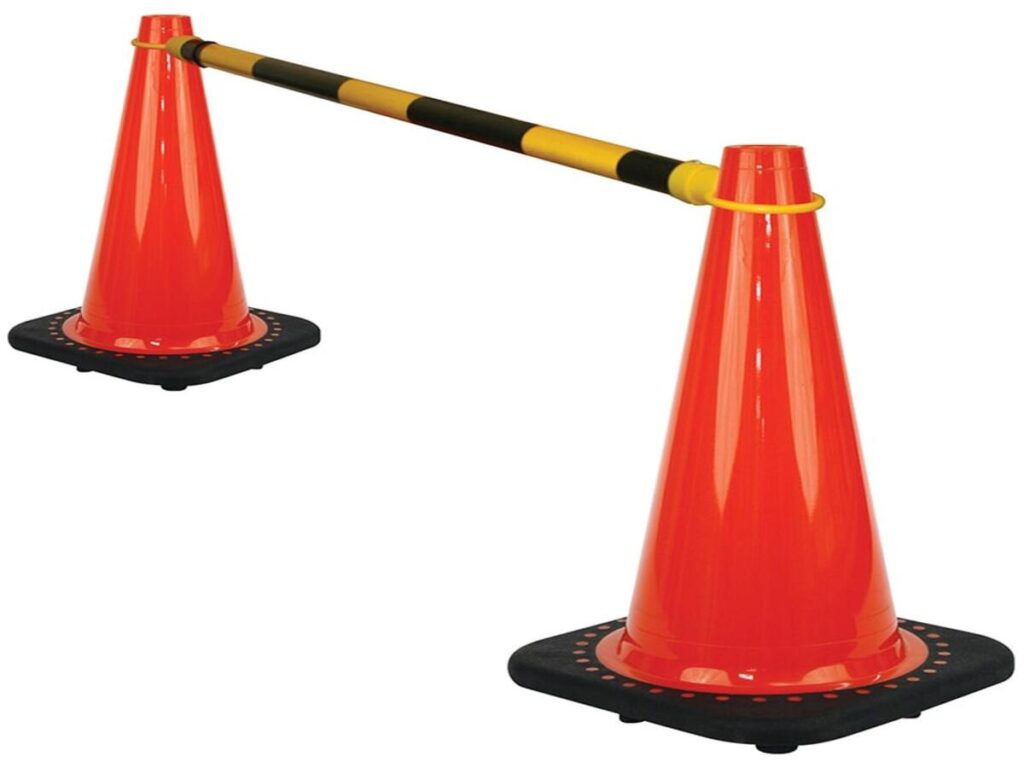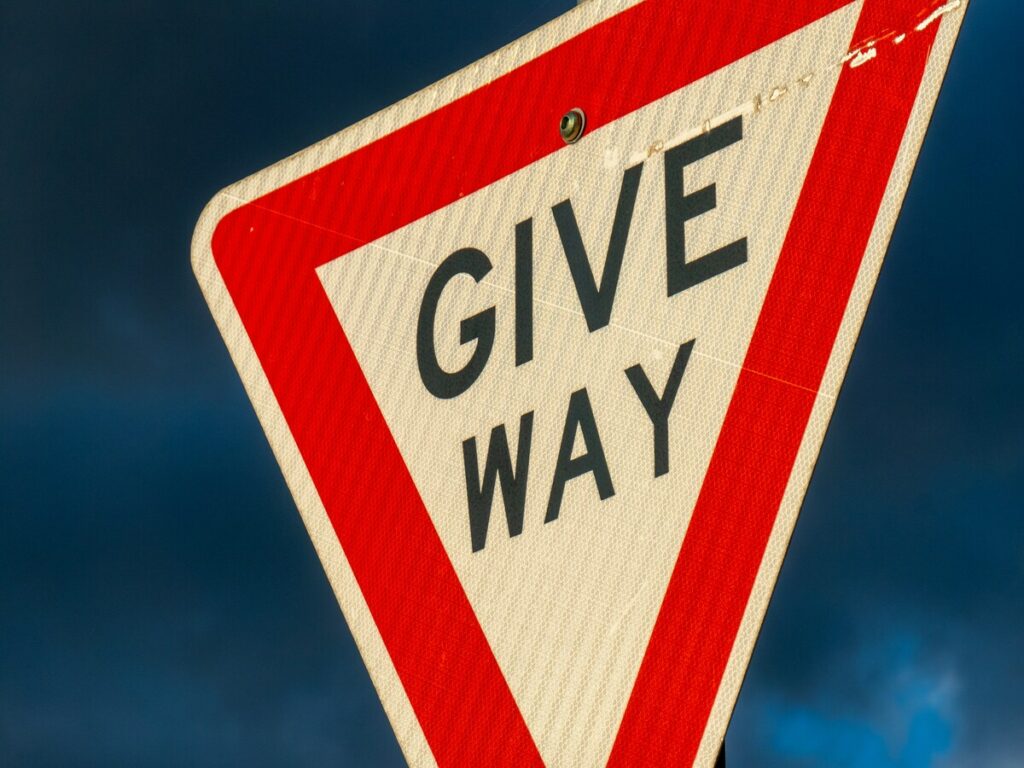
You may notice different 道路標識 when you travel between countries. Understanding what these traffic road signs mean helps you drive safely and avoid confusion. オーストラリアで, Give Way Road Signが表示される場合があります. 各サインの意味を知ることは、すべての人が道路上で安全に保ちます. Road signs guide you and help prevent accidents.
Give Way and Yield: 重要な用語
Australia and UK: 道を譲る
When you drive in Australia or the UK, you will see the term “道を譲る” on many road signs. The give way sign tells you to slow down and let other vehicles or pedestrians go first if they are already on the road you want to enter. You must always check for traffic from both directions before you move forward. This rule helps prevent accidents at intersections and keeps everyone safe.
The give way road sign has a clear triangular shape with a red border and white background. You will find it at junctions, ラウンドアバウト, and places where two roads meet. 両国で, the message is direct and easy to understand. You must always follow the instructions on the sign. Many australian road signs use simple words and shapes so you can react quickly while driving.
ヒント: If you see a give way sign, always prepare to stop, even if you think the road is clear.
私たち。: 収率
米国で, you will see the word “収率” の代わりに “道を譲る。” The meaning is very similar. The yield sign tells you to let other road users go first if they are already in the intersection or on the main road. The design and use of the yield sign have changed over time. Here is a brief history:
- で 1954, the United States introduced the first official yield sign. It was a black-on-yellow triangle with the words “YIELD RIGHT OF WAY.”
- Earlier traffic sign rules did not include the yield sign. The 1954 update added it to help drivers understand when to let others go first.
- Later updates to the rules made the yield sign standard across the country. The 均一な交通制御装置のマニュアル (mutcd) これらの標準を設定します.
- The MUTCD became a national rule after 1966. This made sure that every driver in the U.S. would see the same yield sign and understand its meaning.
You will notice that the yield sign in the U.S. now uses a red and white colour scheme and points downward. This helps you spot it quickly and know what to do.
Sign Design Differences
Shape and Colour
Road signs use shapes and colours to help you know what they mean. The give way sign in Australia and the UK is a triangle with a red border and white inside. 米国で, the yield sign is also a triangle, but it points down. These shapes are chosen on purpose. Designers pick them so you can spot the sign even if you cannot read the words.
Here is a table that shows how signs use shape and colour to send messages:
| サインタイプ | 形 | 配色 | 意味 |
|---|---|---|---|
| Warning Sign | Equilateral triangle | Black triangle with orange exclamation mark | Warns about hazards that could cause serious injury or death |
| Danger Sign | Rectangular panel | White letters on red background | Warns about hazards that will cause serious injury or death |
| Caution Sign | Rectangular panel | Black letters on yellow background | Warns about hazards that could cause minor or moderate injury |
| Notice Sign | Rectangular panel | White letters on blue background | Gives information not related to physical injury |
| Safety Instructions | Rectangular panel | White letters on green background | Gives safety instructions or procedures |
Designers use these shapes and colours because people can spot them quickly. Studies show that shape and colour help you notice signs, 悪天候や夜でも. Some people cannot see some colours well. Using both shape and strong colour makes signs easier for everyone to see.
注記: Universal design rules say to use both shape and colour. これはすべてのドライバーに役立ちます, even those who cannot see some colours.
Wording and Symbols
The words and symbols on road signs are different in each country. In Australia and the UK, the sign says “道を譲る”. 米国で, it says “収率”. These words mean the same thing, but each country uses its own language.
Research shows that signs should use words and symbols that local people understand. Each country picks words and pictures that make sense to their drivers. A symbol that works in one place might not work in another. Studies also show that how you read a sign depends on your own life and culture.
Experts say road signs should use simple words and clear symbols. This helps you decide what to do quickly and keeps everyone safe. When you visit a new country, look closely at the signs. The words and symbols may be different, but they always try to keep you safe.
Bus Give Way Sign in Australia
それが意味すること
You may notice a special sign on the back of some buses in Australia. This is called the bus give way road sign. The sign is rectangular, with a white background and a large black outline. 内部, you see a red circle with the words “道を譲る” and a picture of a bus. The bus give way sign tells you that you must let the bus move out from the kerb or a bus stop if it signals to do so.
The law says you must give way to a bus displaying this sign when it is pulling out into traffic. The rule helps buses re-enter the road safely and keeps public transport running smoothly. You will see the bus give way sign on the right-hand rear side of the bus. When you spot this sign and the bus is signalling, you need to slow down and let it merge into your lane.
注記: The bus give way road sign only applies when the bus is moving out from a bus stop, bus zone, or the shoulder of the road. It does not mean you must always give way to buses in every situation.
When to Give Way to Buses
You must know when the bus give way sign rule applies. The rule is clear and follows the Australian Road Rules. Here is what you need to remember:
- The bus must display the bus give way sign on its right-hand rear side.
- The bus must be signalling to enter traffic from a bus stop bay, the shoulder of the road, or a bus zone.
- The rule only applies in built-up areas, such as cities and towns.
- You must follow this rule only in speed zones of 70 km/h以下.
If you see a bus with the bus give way sign and it signals to move out, you must let it go first. This helps keep traffic flowing and supports public transport. Many drivers think they must always give way to buses, but the rule only applies in the situations listed above. If you drive outside a built-up area or in a speed zone above 70 km/h, you do not need to give way to a bus, even if it displays the sign.
ヒント: Always check your speed and location. If you are in a built-up area and see the give way road sign, be ready to let the bus merge.
Some people believe the give way road sign gives buses priority everywhere. This is not true. The rule only works in certain places and at certain speeds. You do not need to stop for a bus in the middle of a highway or outside a city. The bus give way sign helps buses move safely in busy areas where stopping and starting can be hard.
Give Way Rules and Road Safety
Australia’s Approach
You will find that Australia takes road safety very seriously. The country uses clear give way road sign rules to help you understand when to let other vehicles or pedestrians go first. These rules appear at many intersections, ラウンドアバウト, and places where roads meet. When you see a give way road sign, you must slow down and check for traffic from all directions. If another car or person is already on the road you want to enter, you must wait until it is safe.
Australian traffic laws make it your responsibility to follow these rules. If you do not give way when required, you can face fines or lose points on your driving licence. Police officers often watch busy intersections with stop and give way signs to make sure everyone follows the rules. You will also notice that road safety campaigns in Australia remind you to obey give way signs to prevent crashes.
ヒント: Always look for give way road sign at roundabouts and T-intersections. These places often have the highest risk of accidents if you do not follow the rules.
UK’s Approach
英国で, you will see a similar focus on road safety. The rules for giving way are clear and easy to follow. When you approach a give way sign, you must slow down and prepare to stop if needed. You must let vehicles on the main road go first. This rule helps keep traffic moving smoothly and reduces the chance of collisions.
英国の交通法 require you to obey all road signs, including give way signs. これらの兆候を無視した場合, you could receive a fine or penalty points. The UK also uses give way markings on the road, such as white lines, to show you where to stop. You will often see these markings at roundabouts, ジャンクション, and places where smaller roads meet larger ones.
The UK government runs road safety campaigns to teach you about the importance of following give way rules. These campaigns use simple messages and real-life examples to help you remember what to do. You will find that following the rules not only keeps you safe but also helps everyone else on the road.
私たち. アプローチ
米国で, you will see the word “収率” の代わりに “道を譲る。” The rules are very similar. 収量サインが表示されたとき, you must slow down and let other vehicles or pedestrians go first if they are already in the intersection or on the main road. 私たち. traffic laws make it clear that you must follow these rules to avoid accidents.
Researchers have studied how well yield signs work in the U.S. In cities like Miami, ラスベガス, and San Francisco, studies showed that more drivers started to yield to pedestrians after new yield signs were installed. いくつかの場所で, the number of drivers yielding went up by as much as 46%. Drivers also began to yield from a greater distance, which made it safer for people crossing the road. These changes helped reduce conflicts between cars and pedestrians and made intersections safer.
Police crash reports from several U.S. cities show that many accidents at intersections with stop and give way signs happen because drivers do not yield when they should. について 70% of crashes at stop sign-controlled intersections involve drivers who fail to yield. Most of these crashes are side-on, または “angular,” 衝突. The reports also show that some drivers do not see other cars or do not understand the rules. These findings highlight how important it is for you to follow the rules at yield and stop signs.
注記: Always pay close attention to yield signs, especially when turning or entering a busy road. Following the rules can prevent serious accidents.
Legal Obligations at Give Way and Yield Signs
You have a legal duty to obey give way and yield signs in all three countries. Here is a quick summary of what you must do:
| 国 | What You Must Do at Give Way/Yield Signs | Penalties for Not Obeying |
|---|---|---|
| オーストラリア | 減速する, check for traffic, give way if needed | 罰金, デメリットポイント |
| 英国 | 減速する, prepare to stop, give way to main road | 罰金, ペナルティポイント |
| 米国 | 減速する, yield to vehicles/pedestrians in intersection | 罰金, possible licence suspension |
ルールに従わない場合, you risk getting a fine or losing your driving privileges. More importantly, you put yourself and others in danger. Always remember to check for signs and follow the rules every time you approach an intersection.
Language and Culture
用語の違い
You may notice that different countries use different words on their road signs. In Australia and the UK, 分かりますか “道を譲る” 道路標識. 米国で, 分かりますか “収率”. These words mean the same thing, but the choice of words can affect how you understand the rules of the road. When you drive in a new country, you need to learn the local words for traffic signs. これは、ルールに従い、安全を保つのに役立ちます.
Here is a table to help you compare the terms:
| 国 | Common Term on Signs |
|---|---|
| オーストラリア | 道を譲る |
| 英国 | 道を譲る |
| 米国 | 収率 |
You can see that the UK and Australia use the same term. The United States uses a different word. If you travel between these countries, you must remember these differences. This will help you avoid mistakes at intersections.
ヒント: Always check the meaning of road signs before you drive in a new country. This will help you follow the rules and avoid confusion.
Cultural Impact
Language on road signs reflects the culture of each country. In Australia and the UK, “道を譲る” sounds direct and clear. It tells you exactly what to do. 米国で, “収率” sounds softer, but it still means you must let others go first. These words shape how you think about the rules and how you act on the road.
You may notice that people in each country follow the rules in their own way. いくつかの場所で, drivers stop fully at a give way sign. 他の人に, drivers slow down but do not stop unless they see another car. Culture shapes how you follow the rules and how you expect others to behave.
注記: Understanding the language and culture behind road signs helps you become a safer and more confident driver.
ケーススタディ
オーストラリア
You see Give Way road signs at many intersections in Australia. These road signs help you know when to let other vehicles or pedestrians go first. In busy cities like Sydney and Melbourne, traffic planners use Give Way signs at roundabouts and T-junctions. This helps reduce confusion and keeps cars moving smoothly. When you follow these give way road signs, you help prevent road accidents. Many local councils report fewer crashes at intersections after installing Give Way signs. You also notice that drivers become more aware of pedestrians, especially near schools and shopping areas.
英国
英国で, Give Way signs play a big part in keeping roads safe. You find these signs at roundabouts, crossroads, and small village lanes. When you approach a Give Way sign, you slow down and check for traffic. This habit lowers the risk of accidents. ロンドンで, studies show that Give Way signs at busy junctions help reduce delays and make it safer for cyclists and walkers. You also see clear road markings that remind you where to stop. These signs and markings work together to guide you and keep everyone safe.
私たち.
米国で, Yield signs help you know when to let others go first. A real-world study looked at Yield signs at crosswalks in areas with a 50 km/h速度制限. The study found that when drivers saw Yield signs and road narrowing, they slowed down by about 10 km/h. Yielding rates went up by 12.7%. This means more drivers stopped for people crossing the road. You help make roads safer for everyone when you follow Yield signs. These changes lead to fewer accidents and better traffic flow in busy neighbourhoods.
Future of Road Signage
国際基準
You might wonder how road signs could be easier for everyone. Experts and groups want to make road signs the same in every country. These rules help you know what signs mean, 新しい場所でも.
- The International Road Federation (IRF) has helped over 118 countries since 1948. It shares ideas, gives training, and teaches the best ways to keep roads safe. The IRF holds meetings so countries can learn from each other and make better road signs.
- The 国際標準化機関 (ISO) brings together experts from more than 160 国. ISO makes rules for many things, including transport. Its rules help countries use the same shapes, 色, and symbols on road signs. This makes it easier for you to drive safely in different countries.
注記: When you see shapes and colours you know on signs in other countries, you are seeing these international rules at work.
スマートサイネージ
Road signs are changing because of new technology. スマートシティで, you will see digital signs that can change their messages quickly. These smart signs use sensors, 人工知能, and cloud systems to give you the latest news about traffic, 天気, または緊急事態.
Smart signage does more than just show one message. It can:
- Give live traffic updates, safety warnings, および緊急警告.
- Change messages if there is traffic or a road is closed.
- Help city workers send important news to drivers and people walking.
- Use solar power and cloud systems to save energy and update signs fast.
Recent studies show that smart signage, with car-to-car talking and better sensors, helps you make safer choices on the road. 今, 71% of smart city projects use digital signs. This new technology helps cities become safer, quicker to react, そして環境にも良い.
ヒント: As smart signage spreads, you will find it easier to get the information you need and stay safe, no matter where you go.
You now know the key differences between ‘Give Way’ and ‘Yield’ signs in Australia, the UK, and the United States. You have seen how the ‘bus give way sign’ works and why give way rules matter. Understanding local road sign language helps you stay safe and avoid confusion. New technology and more standardised signs could make driving easier for everyone.
ヒント: Always check road signs when you travel. Clear knowledge keeps you and others safe on the road.
よくある質問
What should you do when you see a Give Way or Yield sign?
You must slow down and check for other vehicles or pedestrians. If someone is already on the road, you let them go first. Only move forward when it is safe.
Do Give Way and Yield signs mean the same thing?
はい, both signs tell you to let others go first. Australia and the UK use “道を譲る”. The United States uses “収率”. The rule stays the same.
When must you give way to a bus in Australia?
You must give way to a bus displaying the bus give way sign when it signals to leave a stop in a built-up area with a speed limit of 70 km/h以下.
What happens if you ignore a Give Way or Yield sign?
You may get a fine or lose points on your driving licence. More importantly, you put yourself and others at risk of an accident.
How can you recognise a Give Way or Yield sign quickly?
- Look for a triangular shape with a red border.
- In Australia and the UK, the sign says “道を譲る”.
- 米国で, the sign says “収率” and points downward.


